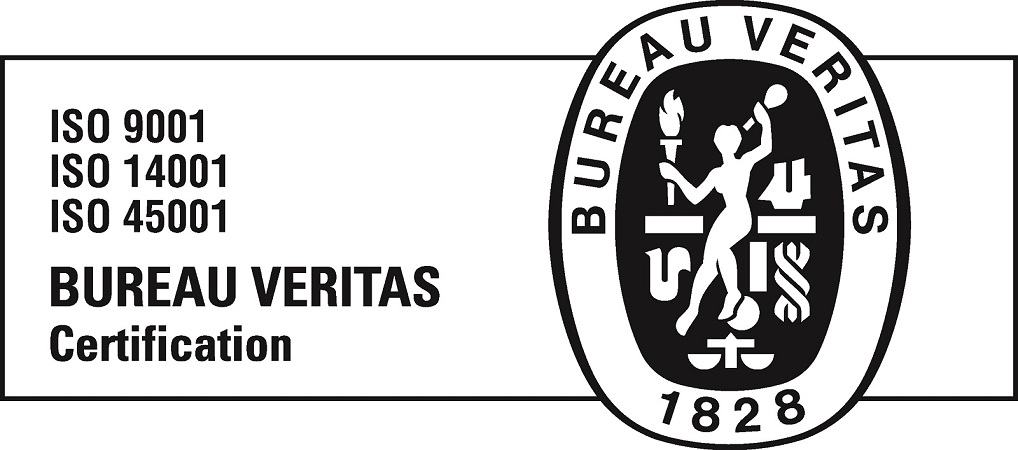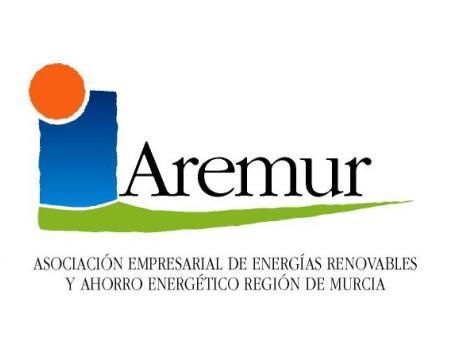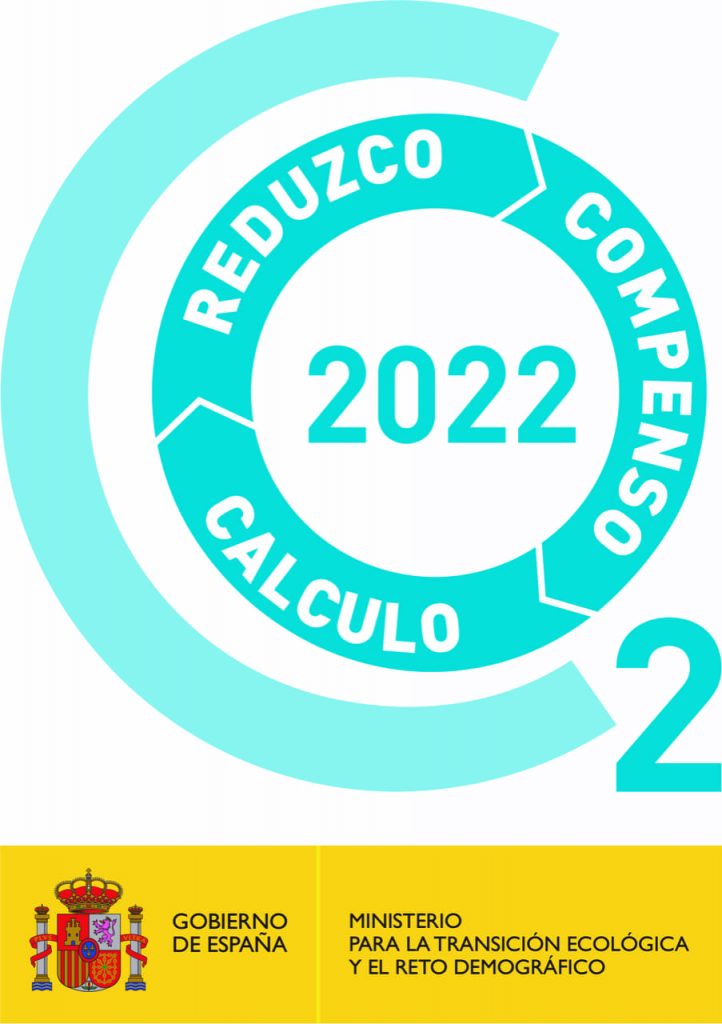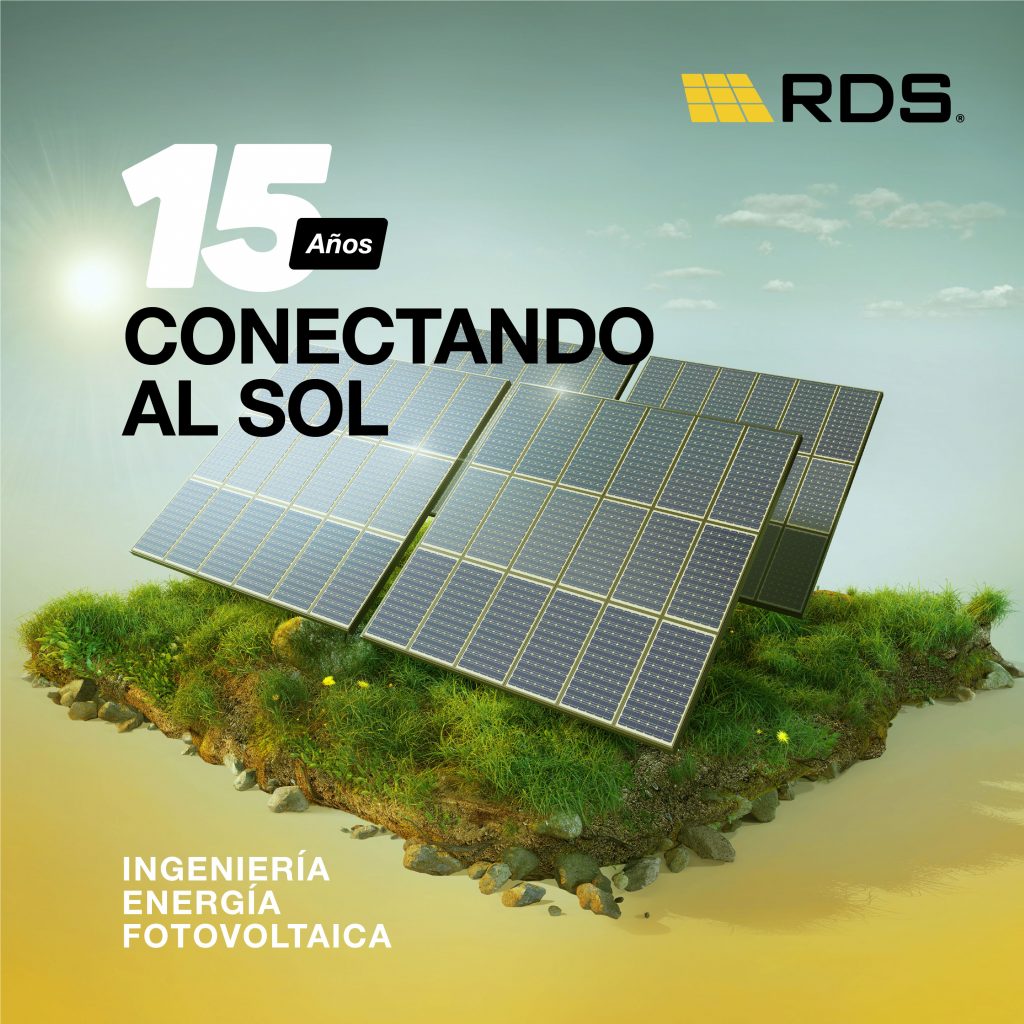




© 2023 RDS. All rights reserved. Designed and developed by delefant
The structures that support the photovoltaic modules are important elements for any photovoltaic installation. Solar tracking systems are also known as solar trackers, they are increasingly in demand in certain installations due to their ability to follow the movement of the sun.
In this article, we are going to analyze what these elements are, the different types of them and what advantages they can bring to our installation. Don’t miss it it out!
Table of Contents
ToggleWhen it comes to define the concept of solar tracker, we can indicate that it is a tracking system that is attached to the photovoltaic installation which objective is maximising energy production, using a functionality that allows us to follow the sun’s movement, in order that the installation is always oriented in the best way and the incidence of solar radiation is always ideal.
Now, we are going to review some of the most common types of solar tracking systems. We can highlight two main systems: single-axis and dual-axis tracking systems.
This type of solar tracker moves the entire photovoltaic installation on a single axis with north-south alignment, which means that the solar panel can follow the sun throughout its movement from the time it rises in the east until it sets in the west.
These types of systems are more economical as they are less accurate than two-axis systems.
This other system, as its name suggests, has two axes aligned in a north-south and east-west direction. They guarantee very accurate tracking throughout the year and they are often used in large solar farms parks due to their great capacity to maximize energy production.
They tend to be more complex and require a higher investment. However, they guarantee an output of the plant that is approximately 50% higher than the one that can be produced by the static supports.
This type of system shows great benefits that we are going to review below:
Despite having great advantages, solar tracking systems also have some negative points to take into account. Let’s see which ones are:
At RDS we are experts in the installation and maintenance of photovoltaic installations for companies that want to save on their electricity bill. In addition, we develop large-scale projects for the development of solar parks. If you would like more information about our services, please do not hesitate to contact our customer service team. We will be delighted to help you.
